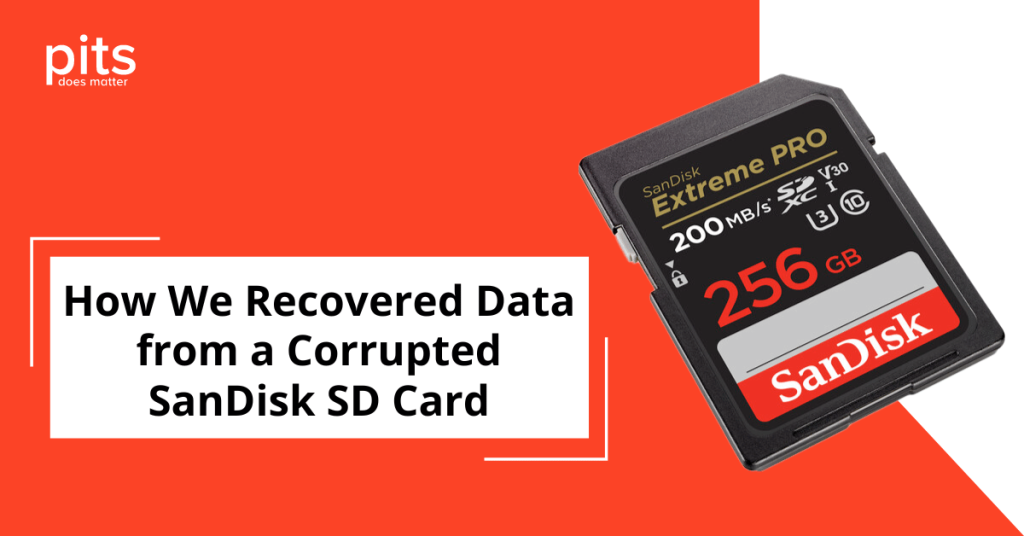Solid State Drives (SSDs) have brought about a revolutionary transformation in the realm of data storage, delivering swifter performance, enhanced reliability, and improved efficiency in contrast to conventional hard disk drives (HDDs). Nevertheless, notwithstanding their manifold advantages, SSDs are not invulnerable to overheating. Excessive heat can engender critical hazards, including data loss and physical damage to the drive.
This blog post aims to delve into the causative factors of SSD overheating, the potential risks it poses, and effective strategies to avert it. By comprehending these factors and implementing preventive measures, one can ensure the longevity and optimal performance of their SSD while safeguarding valuable data.
Causes of Overheating
Understanding the causative factors of SSD overheating is of utmost importance in maintaining the performance and longevity of the drive. We shall explore the diverse factors that contribute to SSD overheating. From the absence of moving parts to the impact of read-and-write operations, we shall investigate the rationales behind this phenomenon. By identifying these causes, one can proactively take measures to mitigate risks and guarantee the optimal functioning of their SSD.
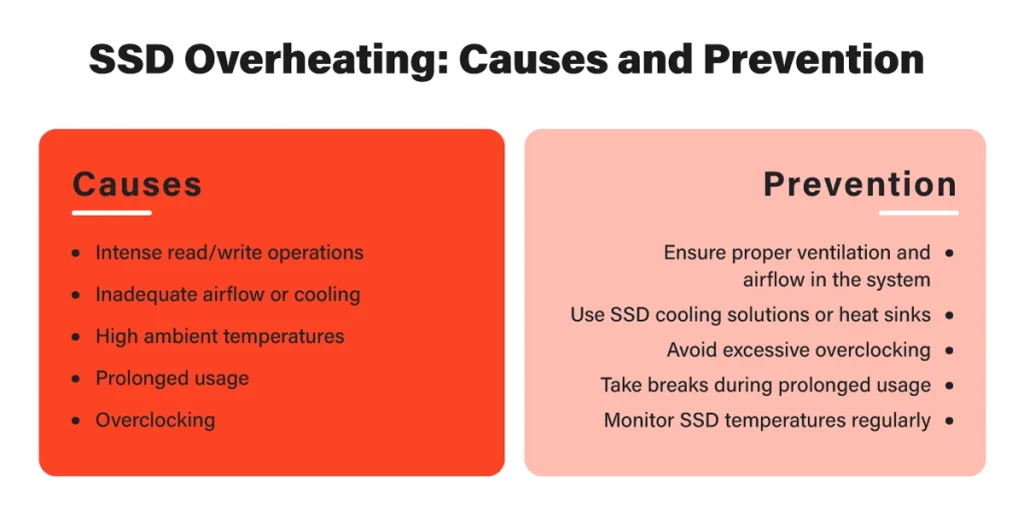
Absence of Moving Parts
Unlike traditional hard disk drives (HDDs), SSDs lack moving parts. However, components such as the controller and memory chips generate heat during operation, which can accumulate and lead to overheating.
Read and Write Operations
SSDs constantly undertake read and write operations, resulting in heat generation during the process. Intensive data transfers, such as gaming or handling large files, can substantially elevate the temperature of the SSD.
Inadequate Cooling
Inadequate cooling within the computer system can exacerbate SSD overheating. Insufficient ventilation in the computer case or positioning the SSD in close proximity to heat-generating components, such as the CPU or graphics card, hinders airflow and impedes effective heat dissipation.
Risks of Overheating
While Solid State Drives (SSDs) offer remarkable advantages in terms of speed and reliability, they are not immune to a potentially damaging issue: overheating. The risks associated with SSD overheating can have serious consequences for your data and the overall performance of the drive. In this blog post, we will scrutinise the risks of SSD overheating and its potential impact on data loss and physical damage.
Understanding these risks is crucial for implementing preventive measures and safeguarding your valuable data.
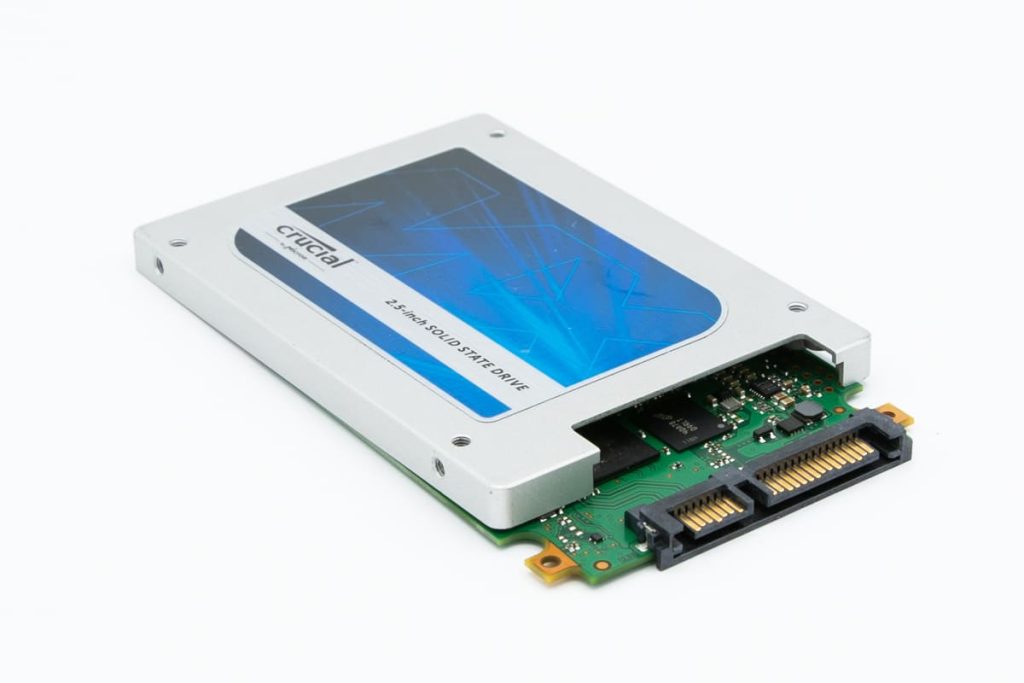
By being cognizant of the risks, you can proactively take steps to prevent overheating and ensure the long-term health of your SSD.
Data Loss
Elevated temperatures have the potential to degrade NAND flash memory cells, which may result in data loss or corruption. Moreover, thermal stress can induce malfunctions in the SSD’s controller, leading to data access problems.
Physical Damage
Prolonged exposure to high temperatures can inflict physical damage on SSDs. Heat can cause solder joints to melt, circuit boards to warp, or components to fail, rendering the SSD inoperable and resulting in permanent data loss.
Prevention and Mitigation
Taking preventive measures is of paramount importance, especially when it concerns safeguarding your solid-state drive (SSD) against the perils of overheating. By implementing effective preventive measures and adopting appropriate mitigation strategies, you can ensure the optimal performance and durability of your SSD.
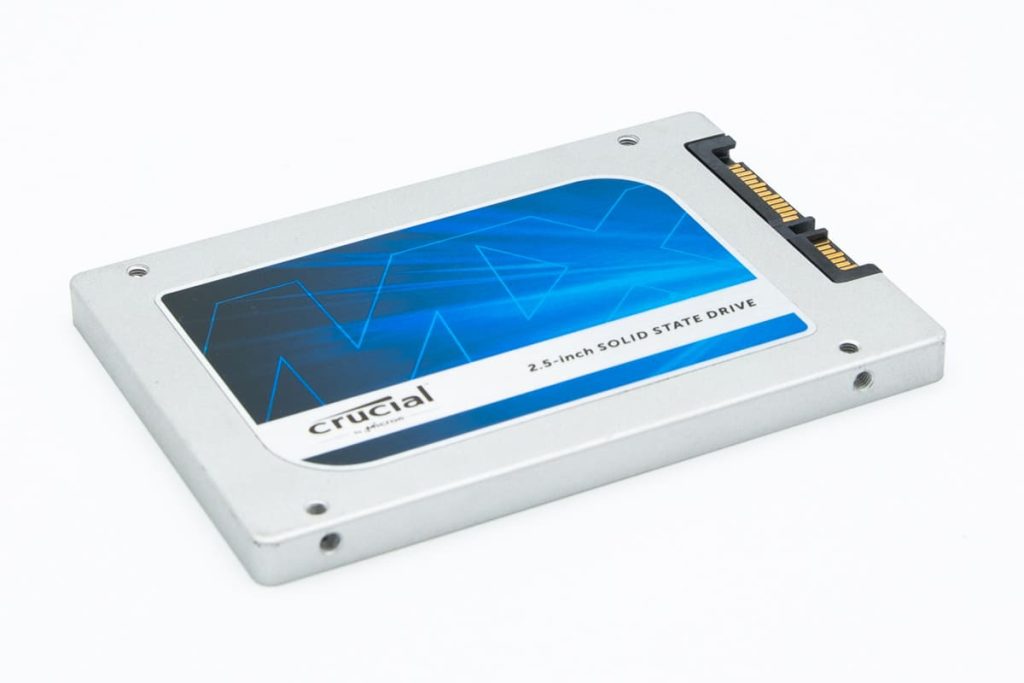
In this discussion, we will explore practical methods to prevent SSD overheating, including the monitoring of SSD temperatures and enhancing airflow. Additionally, we will address the significance of careful positioning and proper mounting.
By familiarising yourself with these prevention and mitigation techniques, you can safeguard your valuable data, minimise the risk of data loss or physical damage, and maintain the smooth operation of your SSD for years to come.
Monitoring SSD Temperatures
Vigilantly monitor SSD temperatures through the use of hardware monitoring tools. Ensure compliance with the manufacturer’s recommended operating temperature range, thereby ensuring the drive remains within these specified limits.
Improve Airflow
Optimise the airflow within your computer case to facilitate efficient heat dissipation. Clear any obstructions, clean air vents, and contemplate the installation of supplementary case fans or an upgraded cooling system to enhance ventilation.
Positioning and Mounting
Exercise caution in positioning the SSD within the computer case to maximise airflow. Refrain from direct contact with heat-generating components.
Mounting brackets or adapters equipped with heat sinks or thermal pads can contribute to effective heat dissipation.
Maintain Ambient Temperature
Maintain your computer in a room with a stable and moderate ambient temperature. Avoid subjecting it to excessive heat sources, such as direct sunlight or proximity to radiators. Utilise air conditioning or fans to maintain a cool environment.
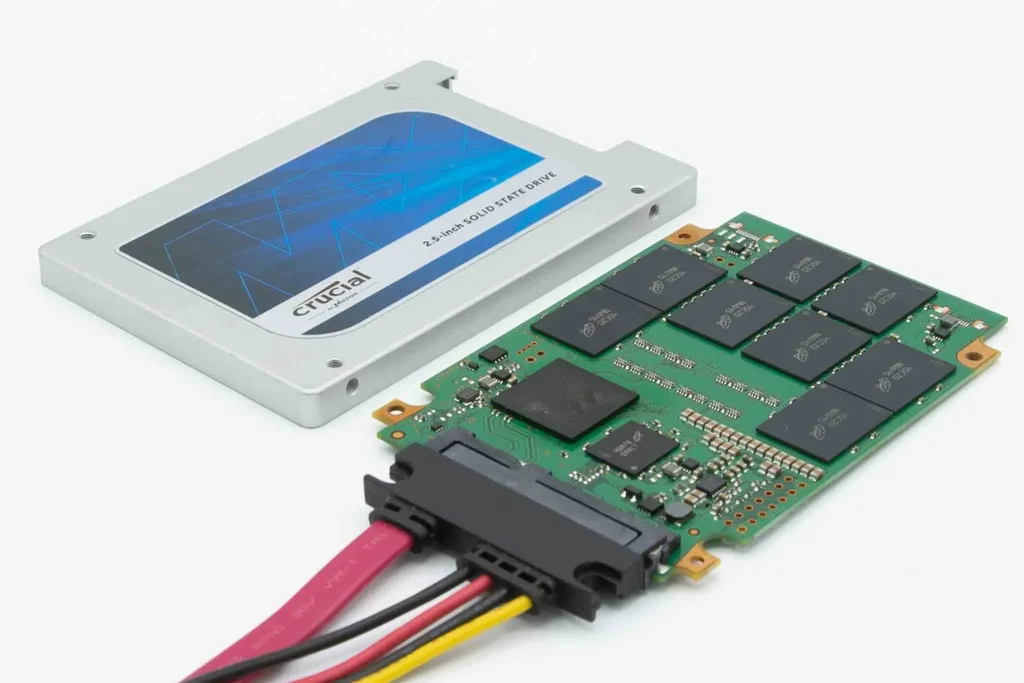
Check Power Supply
Ensure that your power supply is sufficient and functioning correctly. A defective or inadequate power supply can generate excessive heat within the system, impacting SSD temperatures. If necessary, upgrade to a higher-wattage power supply.
Limit Intensive Workloads
To prevent prolonged exposure to high temperatures, take breaks during data-intensive tasks, such as gaming or video editing. Spreading out these tasks over extended periods will help avert SSD overheating.
By comprehending the causative factors of SSD overheating and implementing preventive measures, you can uphold optimal SSD performance, diminish the risks of data loss or physical damage, and ensure the enduring preservation of your valuable data.
Frequently Asked Questions
Can an SSD overheat?
Indeed, an SSD can experience overheating. Despite lacking moving parts akin to traditional hard disk drives (HDDs), SSDs still generate heat during routine operation. Factors such as intensive data transfers, inadequate cooling, and the absence of moving components can contribute to heightened temperatures in an SSD. Overheating can entail various risks, including data loss and physical damage to the drive. Therefore, it is imperative to implement preventive measures to ensure the optimal performance and longevity of your SSD.
Is it possible to remedy SSD overheating?
To address an overheated SSD, adhere to these steps:
- Check airflow: Ensure proper ventilation and remove any obstructions in your computer case.
- Reposition the SSD: Relocate it to a cooler area, away from heat-generating components.
- Improve cooling: Install additional case fans or upgrade your cooling system.
- Employ heat dissipation solutions: Apply heat sinks or thermal pads to draw heat away from the SSD.
- Monitor temperatures: Use monitoring tools to keep track of SSD temperature.
- Reduce workload: Limit intensive tasks that place strain on the SSD.
- Maintain ambient temperature: Keep your computer in a cool environment, away from heat sources.
Should the issue persist, seek the counsel of a professional or contact the SSD manufacturer for further assistance.
Can Overheating Result in SSD Destruction?
Indeed, overheating has the potential to cause the destruction of an SSD. Sustained operation of an SSD at elevated temperatures can give rise to several adverse effects:
- Data Loss: Excessive heat can lead to degradation of the NAND flash memory cells within the SSD, resulting in data loss or corruption, thereby rendering the stored information inaccessible.
- Controller Malfunction: Overheating can lead to the malfunctioning of the SSD’s controller, which is responsible for managing data transfers and overall functionality. This can give rise to performance issues, data access problems, or even the complete failure of the SSD.
- Physical Damage: Prolonged exposure to high temperatures can inflict physical damage upon the SSD. The heat may melt solder joints, warp circuit boards, or damage other crucial components, ultimately rendering the SSD inoperable.
What are the Symptoms of SSD Overheating?
Some common indications of SSD overheating include sudden performance drops, frequent system crashes or freezes, and unresponsiveness during data transfers. Should these symptoms manifest, it is imperative to check the temperature of your SSD and take the necessary measures to cool it down.
What to Do When an External SSD is Overheating?
Should your external SSD encounter overheating, here are the recommended steps:
- Disconnect the SSD and allow it to cool down.
- Verify that it is not situated in a hot or sun-exposed location.
- Enhance airflow by inspecting for obstructions and, if feasible, removing the enclosure.
- Employ cooling accessories specifically designed for external SSDs.
- Reduce data transfer and usage to minimise heat generation.
- Employ software to monitor the temperature.
- Should the issue persist, contact the manufacturer for assistance.
We’re Here to Help
Our experienced team is committed to helping you recover your critical data. No matter the situation, we work diligently to ensure the best possible outcome. Take action now and let us restore what’s important to you.
Start Recovery Process
"*" indicates required fields


